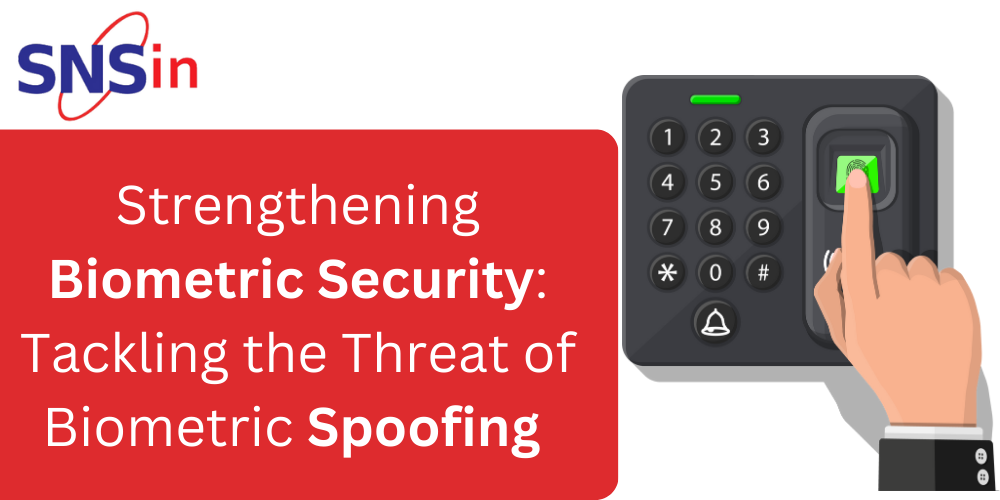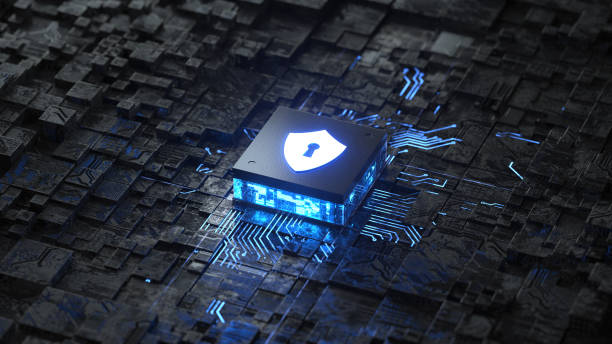Biometric authentication has gained widespread acceptance in the modern digital world to guarantee user identification and data security. Identity verification is made simple and quick with the help of biometric technologies like iris scanning, facial recognition, and fingerprint scanning.
Biometrics are not perfect, though, much like any other technology. “Spoofing,” in which attackers try to trick the system using false biometric data, is one of the main issues with biometric security.
Understanding Biometric Spoofing
Biometric spoofing, sometimes referred to as biometric fraud or a presentation attack, is the use of fake biometric features to circumvent authentication procedures or obtain unauthorized access to a system. Hackers may produce fake fingerprints, spoof people’s faces using high-quality images, or even employ voice cloning techniques to simulate the voice of a real user.
Different Forms of Spoofing
Fingerprint Spoofing
Hackers can get around fingerprint scanners by imitating fingerprints with materials like gelatin, silicon, or latex.
Face spoofing
To fool facial recognition systems, high-resolution photos or 3D masks can be employed.
Iris spoofing
To trick iris recognition systems, artificial iris copies or images may be utilized.
Voice Spoofing
To trick voice recognition systems, voice cloning methods or voice recordings may be used.
Consequences of Biometric Spoofing
Biometric spoofing poses serious hazards to user privacy and data security. Hackers who successfully bypass biometric authentication gains access to confidential data without authorization, resulting in data breaches and financial losses. Also, compromised biometric data cannot be updated, thus, the effect on users is permanent.
Best Practices
Organizations should take certain actions to maintain strong biometric security and stay secure against spoofing attacks:
Multimodal Biometrics
Multimodal biometric systems that authenticate users using a variety of biometric features improves security. The simultaneous spoofing of various biometric traits is more difficult for hackers when fingerprints, facial recognition, and iris scanning are combined.
Liveness Detection
By monitoring vital signs or face movements during the identification process, liveness detection technology can be used to spot false biometric features. Liveness detection confirms the existence of a live user and foils spoofing attempts.
Biometric Encryption
Adding an additional layer of security against unwanted access requires encrypting biometric data while it is being stored and transmitted. This stops hackers from getting access to the system’s raw biometric data even if they manage to compromise it.
Regular Updates and Security Patches
It’s essential to keep biometric systems current with the most recent software updates and security patches. To identify and stop new spoofing attempts, manufacturers are improvising their algorithms.
Continuous Monitoring
Monitoring and assessing the system’s performance on a regular basis might assist in spotting any abnormal activity or prospective attacks. Administrators can be notified via anomaly detection mechanisms to take quick action.
User Awareness and Training
It is crucial to inform users of the potential dangers of biometric spoofing and to promote strict security procedures. Security Awareness sessions helps in making users aware of such attacks.
Secure Storage and Access Control
Data encryption and stringent access controls should be used to protect the storage of biometric templates. It is imperative that only authorized individual or individuals only have such access.
Conclusion
To effectively combat the rising threat of biometric spoofing, one must maintain continual monitoring and take strong security precautions. Keeping prospective hackers at bay is crucial for businesses as biometric authentication continues to gain prominence.
As technology develops, the methods that hackers employ also evolves. With these best practices in place, we can make use of biometrics’ advantages without sacrificing user privacy or security.
Reach out to SNS India – Trusted Security Partner for Email & Web Security, Firewall Security, Cybersecurity Awareness Training, and other Cyber Security Solutions. Drop an email to [email protected]
![]()




